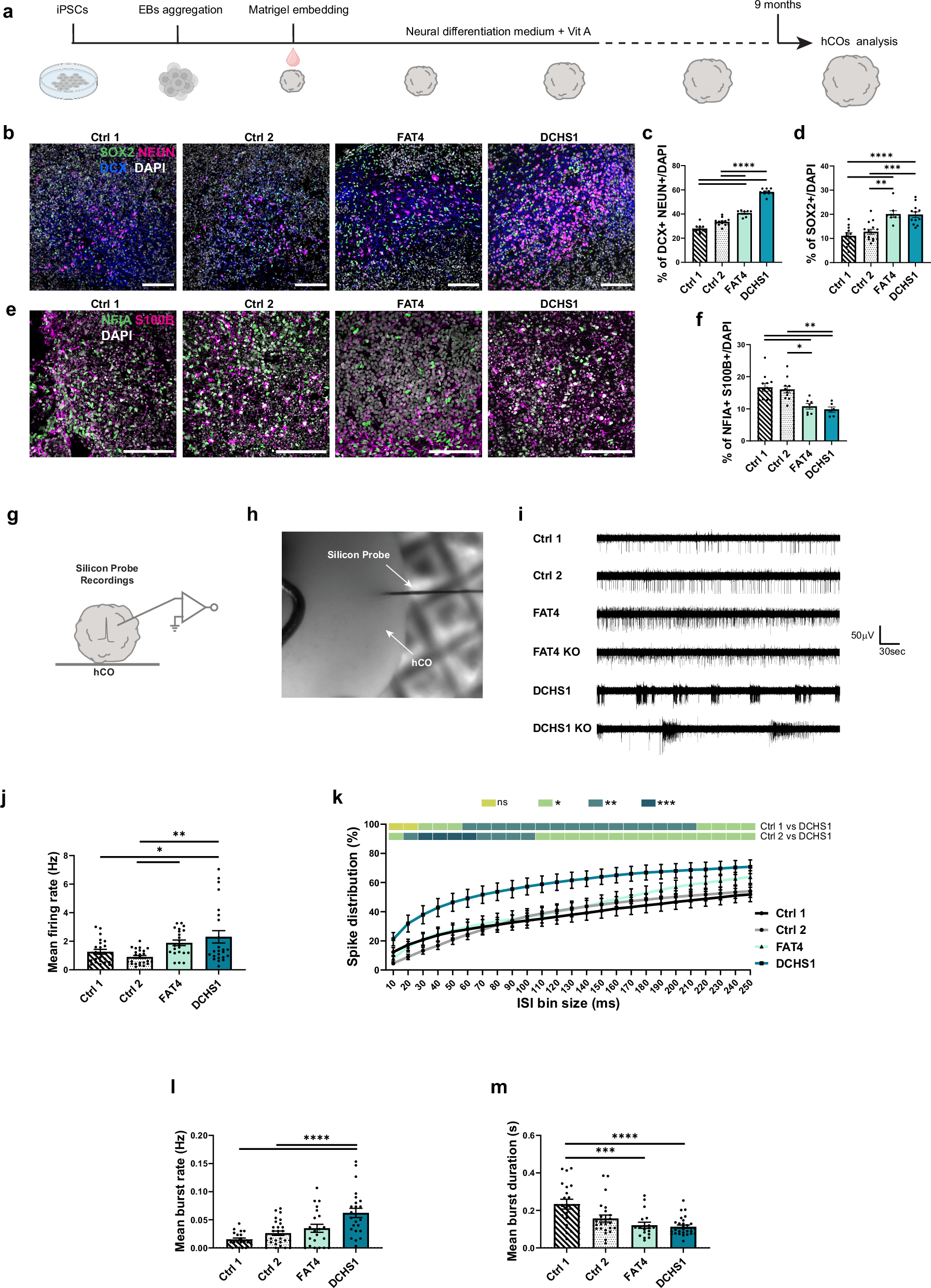2025-02-21 ミュンヘン大学 (LMU)
<関連情報>
- https://www.lmu.de/en/newsroom/news-overview/news/misplaced-neurons-disrupt-wiring-of-the-brain.html
- https://www.nature.com/articles/s41467-025-56998-1
灰白質ヘテロトピアに由来する神経細胞における神経過活動 Neuronal hyperactivity in neurons derived from individuals with gray matter heterotopia
Francesco Di Matteo,Rebecca Bonrath,Veronica Pravata,Hanna Schmidt,Ane Cristina Ayo Martin,Rossella Di Giaimo,Danusa Menegaz,Stephan Riesenberg,Femke M. S. de Vrij,Giuseppina Maccarrone,Maria Holzapfel,Tobias Straub,Steven A. Kushner,Stephen P. Robertson,Matthias Eder & Silvia Cappello
Nature Communications Published:18 February 2025
DOI:https://doi.org/10.1038/s41467-025-56998-1

Abstract
Periventricular heterotopia (PH), a common form of gray matter heterotopia associated with developmental delay and drug-resistant seizures, poses a challenge in understanding its neurophysiological basis. Human cerebral organoids (hCOs) derived from patients with causative mutations in FAT4 or DCHS1 mimic PH features. However, neuronal activity in these 3D models has not yet been investigated. Here we show that silicon probe recordings reveal exaggerated spontaneous spike activity in FAT4 and DCHS1 hCOs, suggesting functional changes in neuronal networks. Transcriptome and proteome analyses identify changes in neuronal morphology and synaptic function. Furthermore, patch-clamp recordings reveal a decreased spike threshold specifically in DCHS1 neurons, likely due to increased somatic voltage-gated sodium channels. Additional analyses reveal increased morphological complexity of PH neurons and synaptic alterations contributing to hyperactivity, with rescue observed in DCHS1 neurons by wild-type DCHS1 expression. Overall, we provide new comprehensive insights into the cellular changes underlying symptoms of gray matter heterotopia.

